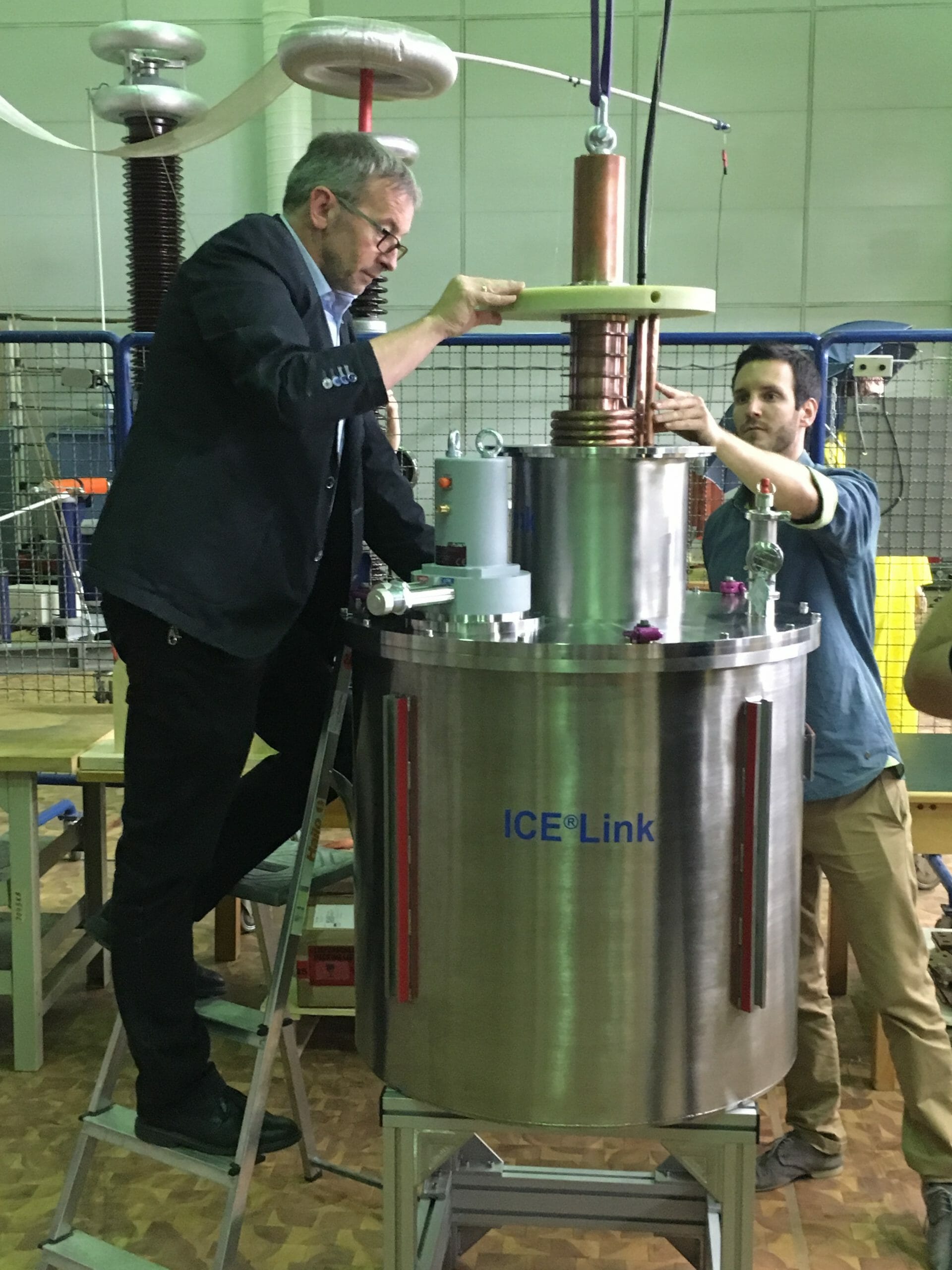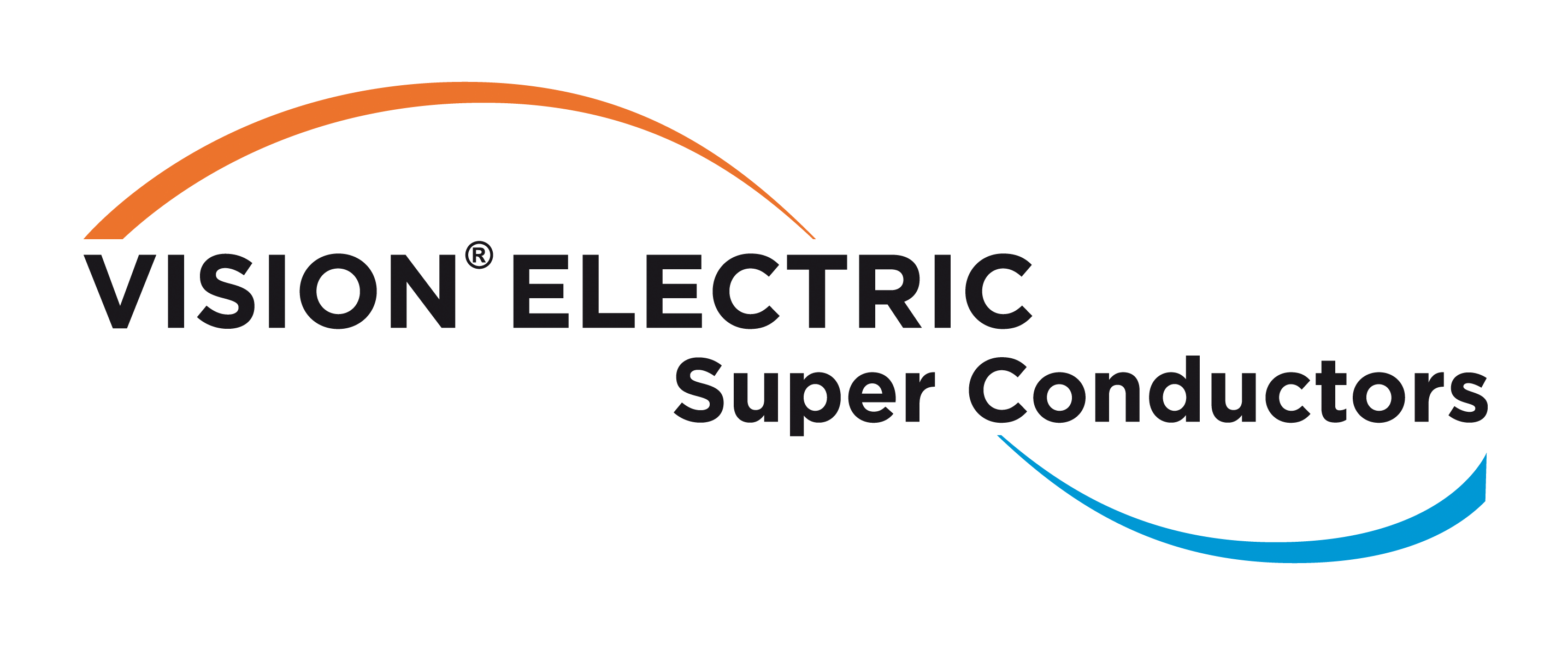Consortium Develops Superconducting High Current Busbars
Kaiserslautern, Karlsruhe, Dresden, 28. Sep. 2017. Superconductors offer practically loss-free transmission of large quantities of electric power and soon will be available for feeder busbars for energy intensive industrial processes. In Germany, Vision Electric Super Conductors (VESC), Kaiserslautern, the Karlsruhe Institute of Technology (KIT), and the Institute of Air Handling and Refrigeration (ILK), Dresden, are developing a superconducting modular busbar system for commercial applications. The consortium plans an industry-compatible busbar demonstrator with a current rating of 20 kA and a length of 25 meters. Commencing at yearend the "3S-Demonstrator" will be in the field at BASF in Ludwigshafen. The project is government-funded by the German Federal Ministry for Economic Affairs and Energy through Project Management Jülich (PtJ).
High current electric power on low voltage level is indispensable for a multitude of large scale industrial processes. Current ratings of feeder busbars range from 10 to 350 kA. Conventional copper or aluminium based systems bridge distances between twenty and several hundred meters. Established busbar technology generates substantial resistance losses and heat emissions. The systems take up considerable floor space and require extensive structural measures to ensure short circuit and personnel protection and industrial safety. Under certain conditions, these factors can significantly increase the costs of conventional busbar systems.
Alternative for demanding industrial plant conditions
As an alternative solution, the consortium now develops a space-saving modular system named the "3S-Demonstator" (3S abbreviating SupraStrom-Schiene which translates into super busbar). The superconducting high current busbar is based on standardized components and offers easy installation, which allows easy retrofits in existing plant environments as well. Superconductors transmit large quantities of DC power loss-free at operating temperatures of -200°C. Required conductor cross sections are small and, with zero electric resistance and no heat emissions, the dimensions of superconducting high current busbars can be kept very compact. The superconductor itself operates thermally insulated in a cryostat and requires suitable refrigeration technology together with current leads serving to feed electric currents into and out of the superconductors. (photo)
Project involves industrial testing
Since high current busbar feeders must meet highest availability requirements, Wolfgang Reiser, managing director of project leader Vision Electric Super Conductors, plans industry test of a demonstrator system under real operation conditions. The 3S project includes the installation of a 25 meters superconducting busbar system which is feeding a real operative industrial production unit with 20 kA direct current. Endurance tests of all components, including the refrigeration system, will thus take place under industrial working load conditions.
High-performance development consortium
Building on worldwide experience with high current busbars, Vision Electric Super Conductors takes responsibility for the project leadership, the technical design of the modular system, the integration of its subsystems and components including the integration into an existing production plant on site. The fundamental concept for the superconductor component is developed by the Karlsruhe Institute of Technology (KIT). Comprehensive expertise in cryoengineering for the development of the refrigeration system is provided by the Institute of Air Handling and Refrigeration (ILK) in Dresden. Tests are scheduled to commence in December 2017.

